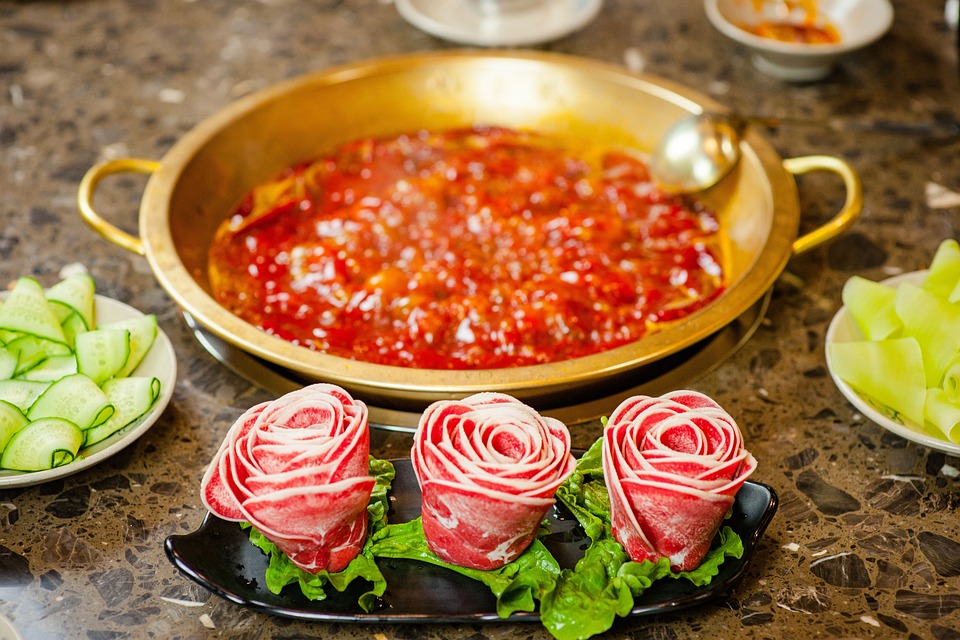In today’s digital age, where food is not just a necessity but also a form of art, the visual appeal of dishes plays a pivotal role in enticing audiences on platforms like Instagram. Whether you’re a professional chef, a home cook, or a food enthusiast, mastering the art of food photography can elevate your culinary creations and make them share-worthy. Here are some essential tips to help you capture Instagram-worthy food photos that go beyond the plate.
1. Natural Lighting is Key
The best photographs are often the ones taken in natural light. Avoid harsh artificial lighting, which can create unappealing shadows and distort colors. When possible, position your dish near a window or in a well-lit area. Early morning or late afternoon light provides a soft glow that enhances colors and textures, making your food look even more appetizing.
2. Consider the Composition
Composition is crucial in food photography. The most common rule to follow is the "Rule of Thirds." Imagine your frame divided into a 3×3 grid; place your subject along those lines or at their intersections to create a more balanced and engaging photo. Don’t hesitate to experiment with different angles—overhead shots, close-ups, and side views can each tell a different story about your dish.
3. Background and Props Matter
The background of your photograph can make or break the image. Choose a simple background that complements the food without distracting from it. Wooden tables, textured fabrics, or muted plates can serve as excellent backdrops. Additionally, consider incorporating props—utensils, glassware, or ingredients—to enhance the narrative of the dish. But remember, less is often more; the focus should remain on the food.
4. Focus on Freshness and Color
Vibrant colors and fresh ingredients make dishes pop in photographs. When styling your food, consider the color palette of your ingredients. Pair contrasting colors to create visual interest—think green herbs on a rich tomato sauce or bright orange carrots alongside leafy greens. Enhancing the freshness of your dish will also make it more appealing. For instance, a sprinkle of fresh herbs or a drizzle of olive oil can breathe life into your creation just before the snapshot.
5. Use a Good Camera (or Smartphone)
While professional cameras can produce stunning images, today’s smartphones come equipped with advanced cameras that can yield remarkable results. Familiarize yourself with your device’s camera settings, utilizing features such as focus adjustments and exposure control. For those using DSLRs or mirrorless cameras, investing in a good lens can significantly boost image quality.
6. Create Texture and Depth
Textures play an essential role in food photography. Capture the flaky crust of a pastry, the creaminess of a sauce, or the juiciness of fruit to make your audience salivate. Plating can also create depth; consider using height in your dishes, such as stacking ingredients or creating layers, to add a three-dimensional feel to your images.
7. Edit with Care
Post-processing can enhance your images, but it’s essential to maintain authenticity. Use editing tools and apps like Lightroom, Snapseed, or VSCO to adjust brightness, contrast, and saturation. Try not to over-edit; the aim is to enhance the natural beauty of the food rather than change it entirely.
8. Tell a Story with Your Images
Every dish has a story to tell, from its origins to the memories it evokes. Incorporate storytelling elements into your photography. Consider including the cooking process, the preparation, or even the joy of sharing the meal with others. Capturing candid moments or interactions around food can elevate your posts from mere pictures to experiences.
9. Engage with Your Audience
Finally, your engagement with your audience can be as important as the photograph itself. Use captions that complement your images, sharing anecdotes, recipes, or thoughts about the dish. Engaging questions or invitations for followers to share their experiences can create a sense of community around your food posts.
Conclusion
Capturing Instagram-worthy food photos is more than just snapping a picture; it’s about creating an experience that resonates with your audience. By paying attention to lighting, composition, colors, and storytelling, you can elevate your culinary creations and share them with the world in a visually enticing way. Remember, practice makes perfect—so grab your camera, plate up, and let your food shine!



